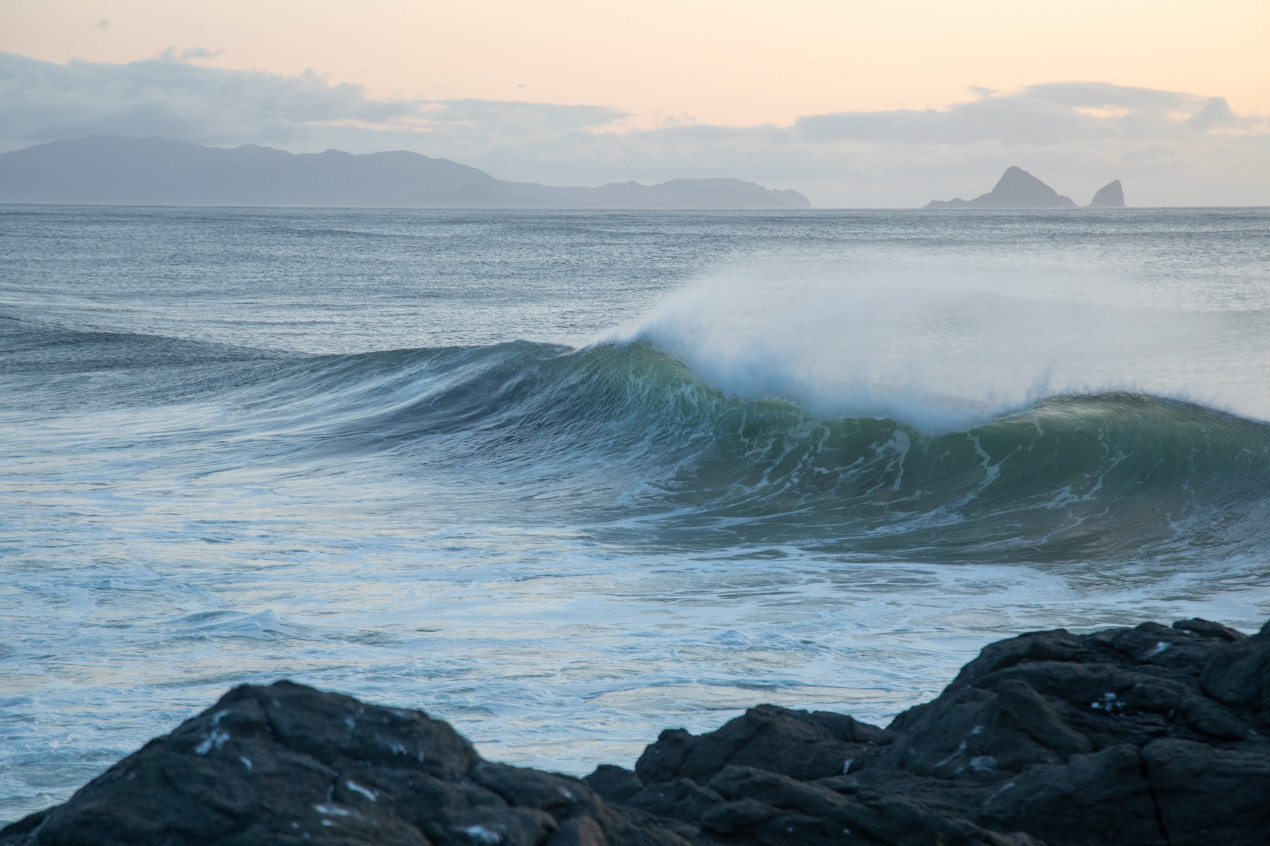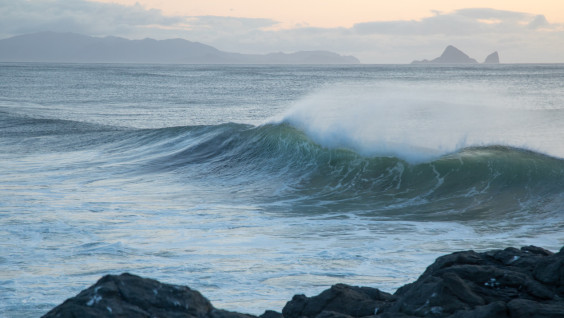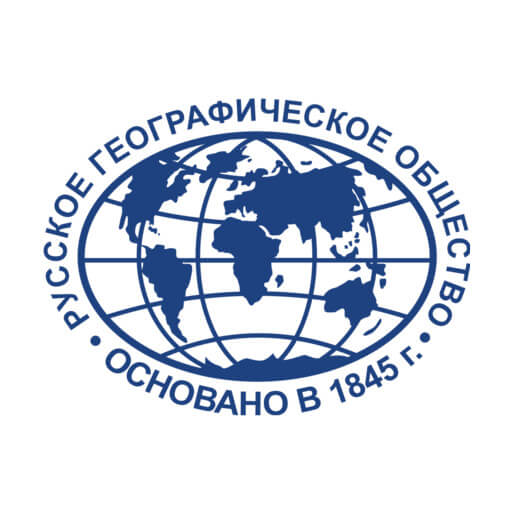
Pacific ocean. Photo: Vera Costamo
On July 30, the largest earthquake in 73 years occurred off the coast of Kamchatka. Its magnitude was 8.7. The epicenter was in the sea, and the tremors caused a tsunami. The disaster also affected two groups of the Russian Geographical Society. One of them is the Eastern Bastion — Kuril Ridge expedition, whose participants explore the islands of Shumshu and Paramushir. The second is a Volcanic camp within the framework of the Russian Geographical Society’s «Nature of Safety» project, operating in Kamchatka itself.
Seismologists from the Kamchatka branch of the Unified Geophysical Service (FITSGS) The Russian Academy of Sciences has already classified this earthquake as a unique event. The strongest tremors were recorded around noon local time. The epicenter was located at a depth of 17–18 km, 150 km from Petropavlovsk-Kamchatsky. Then a series of aftershocks (aftershocks) occurred. There were about 30 of them, the magnitude ranged from 2 to 5. The danger of a tsunami was announced. Soon, waves up to 4 m high reached the shores of Kamchatka in the Yelizovsky district and near Severo-Kurilsk.
Specialists of the regional branch of the FITC YGS RAS have determined that the focus of the current earthquake from the south-west is adjacent to the foci of earthquakes that occurred in this area earlier — on July 20, 2025 and August 17, 2024. The rupture spread for at least 200 km in a southwesterly direction, along the axis of the deepwater trough.
Seismologists predict that Kamchatka may remain under earthquake attack for quite a long time — up to a month. The tremors can reach a magnitude of 7.5.
Later, scientists recorded two more earthquakes with a difference of 20 minutes, although of a lower magnitude (about 5) in the Pacific Ocean near the Kuril Islands.
A complex expedition of the Russian Geographical Society and the Expeditionary Center of the Russian Ministry of Defense «Eastern Bastion — Kuril Ridge» is operating in the seismic activity zone. In the current field season, its participants explore the nature of the islands of Shumshu and Paramushir, which are the northern part of the Kuril Islands adjacent to the Kamchatka Peninsula.
The coastal camp on Shumshu on the morning of July 30, local time, was damaged as a result of rising water due to aftershocks. All participants have been relocated to the camp of the Ministry of Emergency Situations. Based on the assessment of damage to property and equipment, a decision will be made to continue the expedition to Shumsha. The participants of the expedition and the Paramushir field science camp were not injured.

The coast of Paramushir Island. Photo: Alexey Burko, participant of the photo contest of the Russian Geographical Society "The Most Beautiful Country"
Meanwhile, the guests of the Volcanic Camp, which is held in Kamchatka as part of the Russian Geographical Society’s «Nature of Safety» project, shared their vivid impressions of the elements.
«The earthquake is really scary. The house was shaking, the dishes were falling, it felt like the ground was falling out from under my feet,» said participant Stanislav Vasilenko. «It’s good that we have already learned the basics of volcano safety, first aid, and knew what to do. At the first fluctuations, we stood in the doorways, and when the amplitude began to increase, we went outside.»
None of the project participants were injured. The camp itself was soon evacuated to Petropavlovsk-Kamchatsky.
After the earthquake in Kamchatka, the eruption of the Klyuchevsky volcano began. «There is a descent of red-hot lava along the western slope. A powerful glow over the volcano, explosions,» experts from the Kamchatka branch of the FITC YGS RAS reported on their Telegram channel on July 30 at about 3 p.m. Moscow time.

The Klyuchevskaya group of volcanoes from an altitude of 4.5 thousand meters above sea level. Photo: Elena Vereshchaka, participant of the photo contest of the Russian Geographical Society "The most beautiful country"
Alexey MOROZOV, Doctor of Technical Sciences, Leading researcher at the Laboratory of Seismic Hazard at the Schmidt Institute of Physics of the Earth of the Russian Academy of Sciences, spoke about the causes of the natural disaster and forecasts for the future.
— Did scientists expect such a strong earthquake in Kamchatka?
— The Kamchatka region is one of the most seismically active regions in the world. This is due to the fact that it is located in a subduction zone. This territory is part of the so—called Pacific Ring of Fire. The seismically active zone «contours» almost the entire Pacific Ocean. 90% of all earthquakes on our planet occur in this ring. That is why earthquakes occur all the time in Kamchatka, and they are expected for seismologists. But they occur with different magnitudes. Small earthquakes are very often recorded. Basically, people do not feel them, they are recorded only by seismic equipment. The higher the magnitude of the earthquake, the longer the period of recurrence of these earthquakes increases. Earthquakes with magnitudes from 8.5 and above, like ours, have a period — usually several decades or hundreds of years. Therefore, scientists assumed that an earthquake would occur here.
— What is unique about this particular earthquake?
— It is unique in that it is one of the strongest earthquakes that have occurred on Earth. Such natural phenomena are also called mega-earthquakes. Another important feature is that it caused a tsunami. The alert was announced in Kamchatka, China, and the United States.
—What caused the earthquake?
— There was a collision of tectonic plates: the Pacific Oceanic and the Okhotsk continental, and the oceanic sank under the continental. As a result, deep—sea troughs were formed. Tectonic stress has accumulated there, and a rupture has occurred.
— Is a tsunami a mandatory attribute of such earthquakes?
— Not every earthquake causes a tsunami. For this, vertical bottom fluctuations must occur. They cause large volumes of water to move, which creates a tsunami. According to the estimates that have already been carried out, it did not exceed 3 m — these are not the highest indicators. For example, in Japan in 2011, there was a devastating tsunami of 40 m.
— Is it worth waiting for a repeat earthquake?
— The period of recurrence of such earthquakes is several tens or hundreds of years. We estimate the probability of a repeat earthquake of this magnitude as very low. So-called aftershocks, repeated aftershocks with a lower magnitude, can occur. And they can cause a tsunami.
Maria Buldakova
Aivar Valeev


